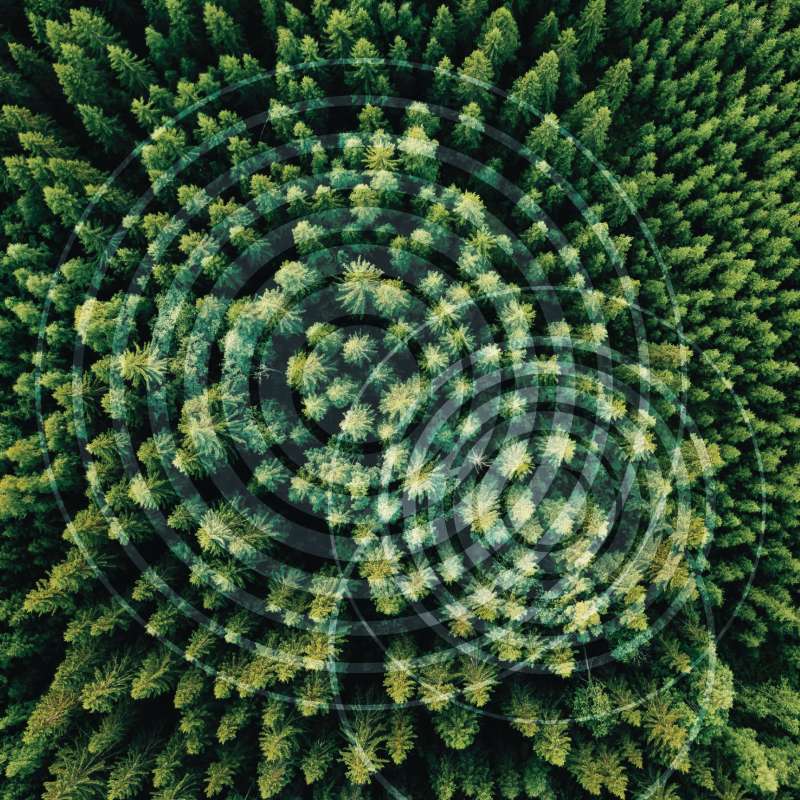Csongor Horvath
Research Scientist
Biography
Csongor Horvath holds a BSc and MSc in Mechatronics Engineering from the Budapest University of Technology and Economics, Hungary. In 2015, he joined the Industrial PhD program at the same university in collaboration with a Norwegian company in robotics, funded by the Research Council of Norway. His doctoral research focused on the development of industrial robotic applications in challenging environments, utilizing machine learning. He joined NIBIO as a Post-Doctor in 2020 and is currently employed as a Research Scientist. His work intersects mechatronics, robotics, and forest operations, where he actively develops prototype devices. These devices integrate emerging technologies into data collection processes within forest operations and silvicultural practices, leveraging technological innovation to enhance operational efficiency and sustainability.
Authors
Mostafa Hoseini Helle Ross Gobakken Stephan Hoffmann Csongor Horvath Johannes Rahlf Jan Bjerketvedt Stefano Puliti Rasmus AstrupAbstract
No abstract has been registered
Authors
Mostafa Hoseini Helle Ross Gobakken Stephan Hoffmann Csongor Horvath Johannes Rahlf Jan Bjerketvedt Stefano Puliti Rasmus AstrupAbstract
No abstract has been registered

